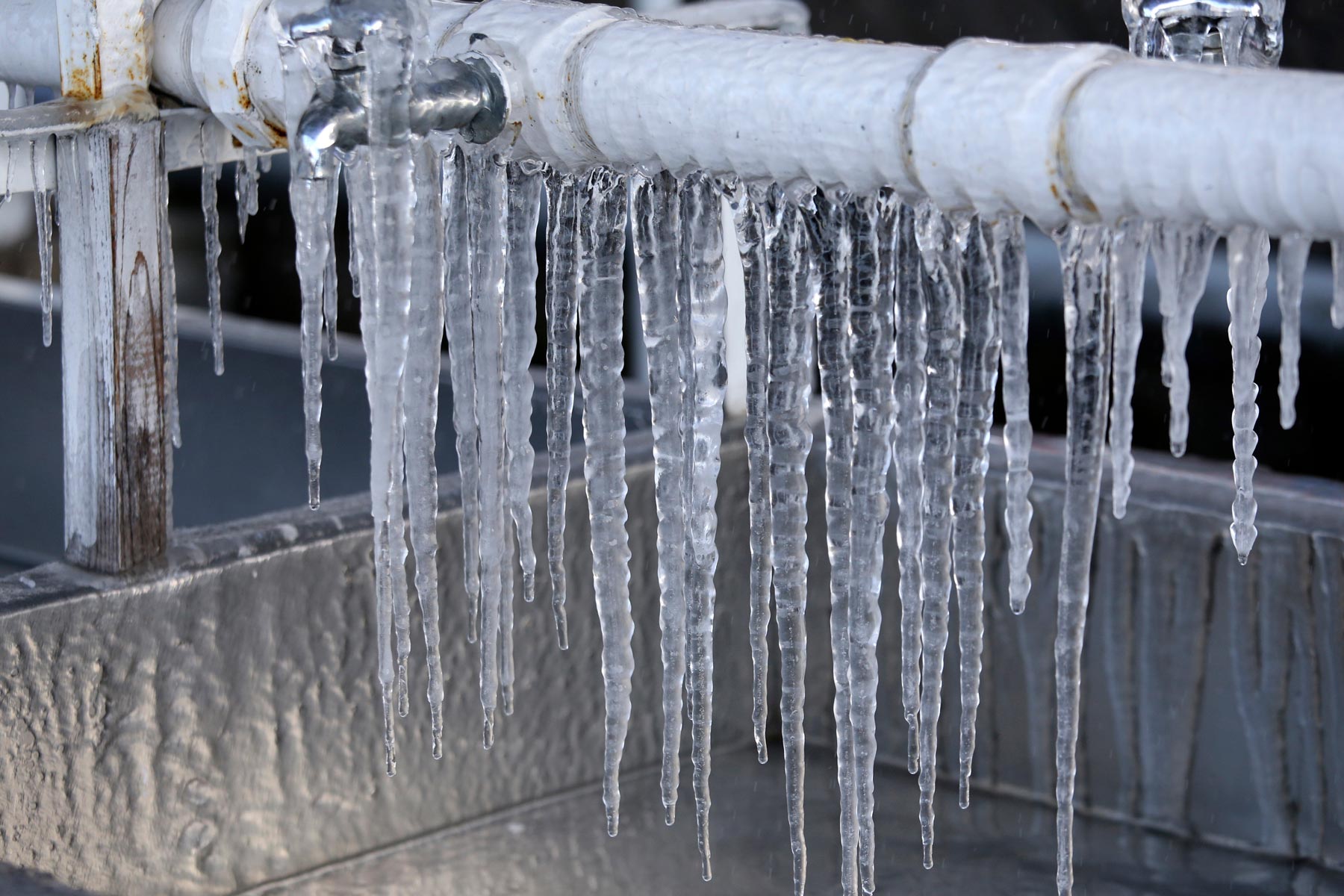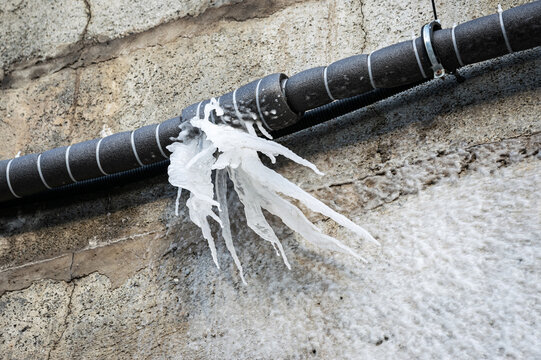Ways to Avoid Frozen Plumbing in Winter: Expert Advice
Ways to Avoid Frozen Plumbing in Winter: Expert Advice
Blog Article
Almost everyone maintains their private thinking when it comes to How to prepare your home plumbing for winter weather.

Winter can ruin your plumbing, particularly by freezing pipes. Below's exactly how to prevent it from happening and what to do if it does.
Intro
As temperatures drop, the threat of frozen pipelines boosts, potentially bring about expensive repairs and water damages. Understanding just how to avoid icy pipes is critical for house owners in cool climates.
Avoidance Tips
Insulating prone pipelines
Wrap pipelines in insulation sleeves or make use of heat tape to shield them from freezing temperatures. Focus on pipelines in unheated or external areas of the home.
Heating methods
Maintain indoor spaces sufficiently heated up, particularly areas with plumbing. Open up closet doors to enable cozy air to flow around pipelines under sinks.
Just how to determine frozen pipes
Search for decreased water circulation from taps, unusual smells or noises from pipelines, and visible frost on exposed pipelines.
Long-Term Solutions
Structural changes
Think about rerouting pipelines away from outside walls or unheated locations. Add added insulation to attics, basements, and crawl spaces.
Updating insulation
Invest in high-quality insulation for pipes, attic rooms, and walls. Appropriate insulation aids maintain constant temperature levels and decreases the threat of frozen pipes.
Securing Outside Plumbing
Yard pipes and outdoor taps
Separate and drain yard hose pipes before winter season. Set up frost-proof spigots or cover outside taps with protected caps.
Comprehending Frozen Pipes
What causes pipelines to freeze?
Pipelines ice up when subjected to temperatures listed below 32 ° F (0 ° C) for prolonged durations. As water inside the pipes freezes, it increases, putting pressure on the pipe wall surfaces and potentially triggering them to break.
Risks and damages
Frozen pipelines can lead to supply of water interruptions, building damage, and pricey fixings. Ruptured pipelines can flood homes and cause extensive architectural damages.
Indications of Frozen Pipeline
Recognizing frozen pipelines early can stop them from bursting.
What to Do If Your Pipes Freeze
Immediate actions to take
If you presume frozen pipelines, maintain taps open up to ease pressure as the ice melts. Utilize a hairdryer or towels soaked in hot water to thaw pipelines gradually.
Final thought
Avoiding frozen pipelines needs proactive actions and quick reactions. By understanding the reasons, signs, and preventive measures, homeowners can safeguard their plumbing during winter.
5 Ways to Prevent Frozen Pipes
Drain Outdoor Faucets and Disconnect Hoses
First, close the shut-off valve that controls the flow of water in the pipe to your outdoor faucet. Then, head outside to disconnect and drain your hose and open the outdoor faucet to allow the water to completely drain out of the line. Turn off the faucet when done. Finally, head back to the shut-off valve and drain the remaining water inside the pipe into a bucket or container. Additionally, if you have a home irrigation system, you should consider hiring an expert to clear the system of water each year.
Insulate Pipes
One of the best and most cost-effective methods for preventing frozen water pipes is to wrap your pipes with insulation. This is especially important for areas in your home that aren’t exposed to heat, such as an attic. We suggest using foam sleeves, which can typically be found at your local hardware store.
Keep Heat Running at 65
Your pipes are located inside your walls, and the temperature there is much colder than the rest of the house. To prevent your pipes from freezing, The Insurance Information Institute suggests that you keep your home heated to at least 65 degrees, even when traveling. You may want to invest in smart devices that can keep an eye on the temperature in your home while you’re away.
Leave Water Dripping
Moving water — even a small trickle — can prevent ice from forming inside your pipes. When freezing temps are imminent, start a drip of water from all faucets that serve exposed pipes. Leaving a few faucets running will also help relieve pressure inside the pipes and help prevent a rupture if the water inside freezes.
Open Cupboard Doors
Warm your kitchen and bathroom pipes by opening cupboards and vanities. You should also leave your interior doors ajar to help warm air circulate evenly throughout your home.

We hope you liked our topic about 6 Ways to Prevent Frozen Pipes. Thank you for taking time to read our article post. I beg you take a moment to share this post if you liked it. Many thanks for going through it.
Book An Appointment Report this page